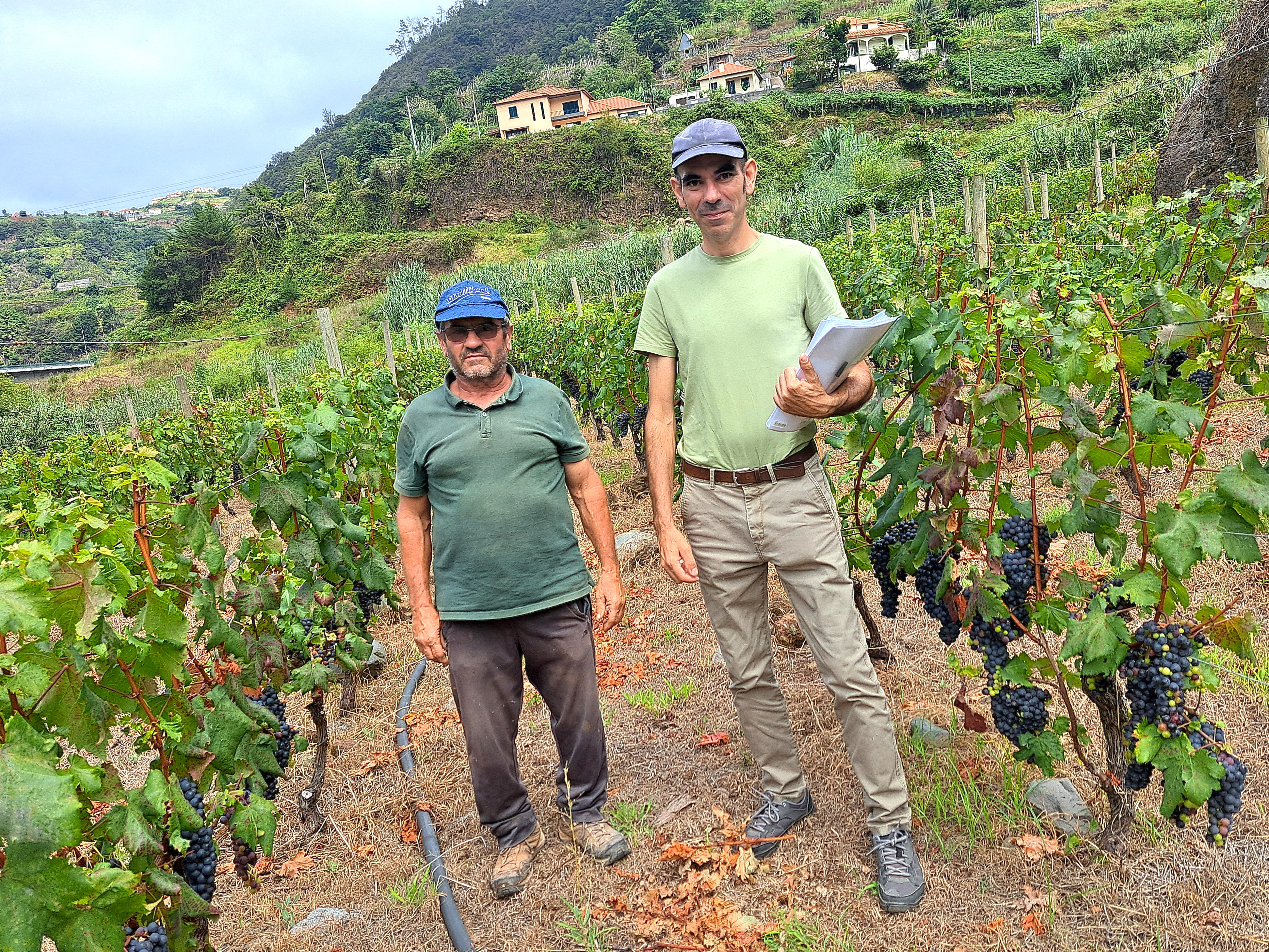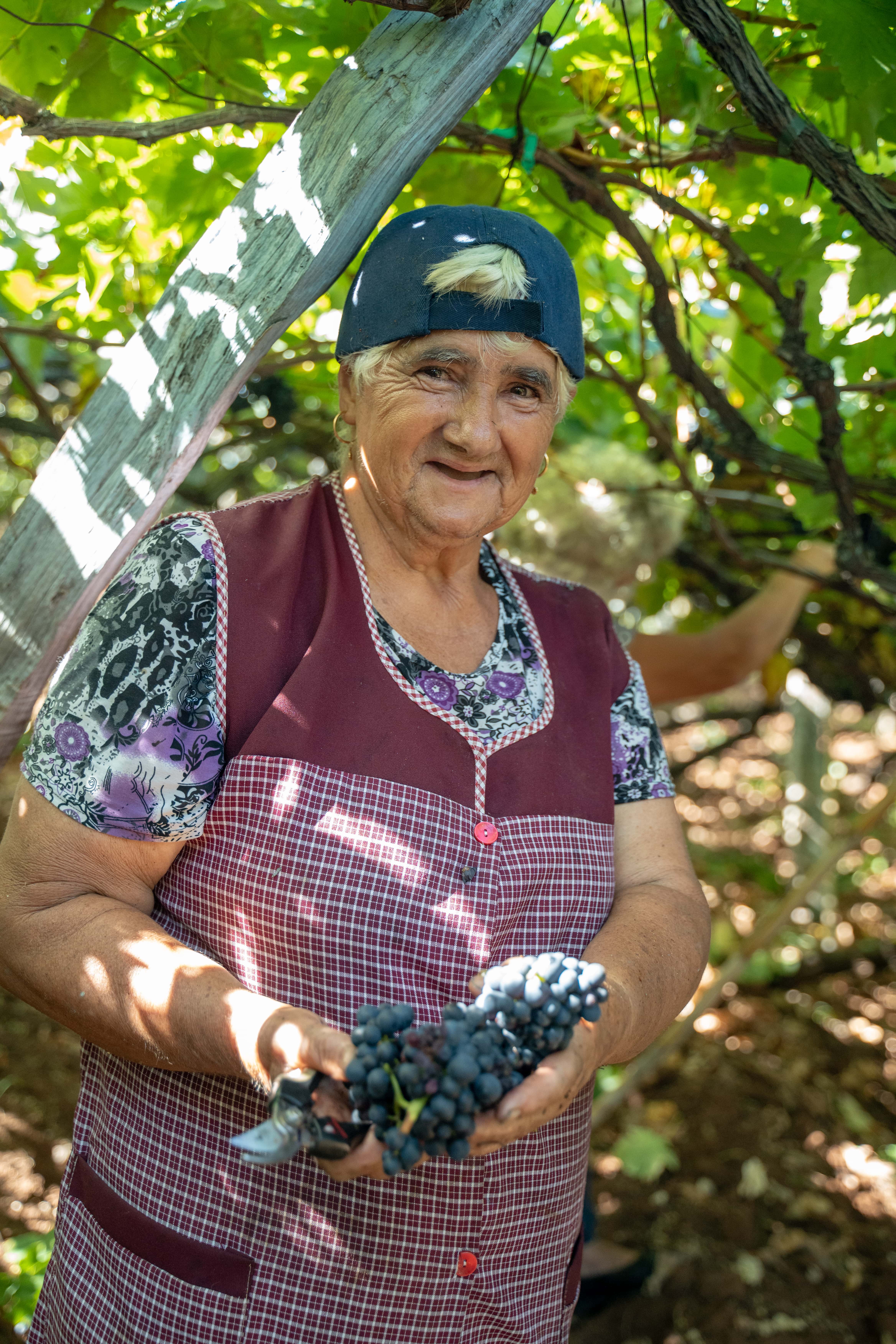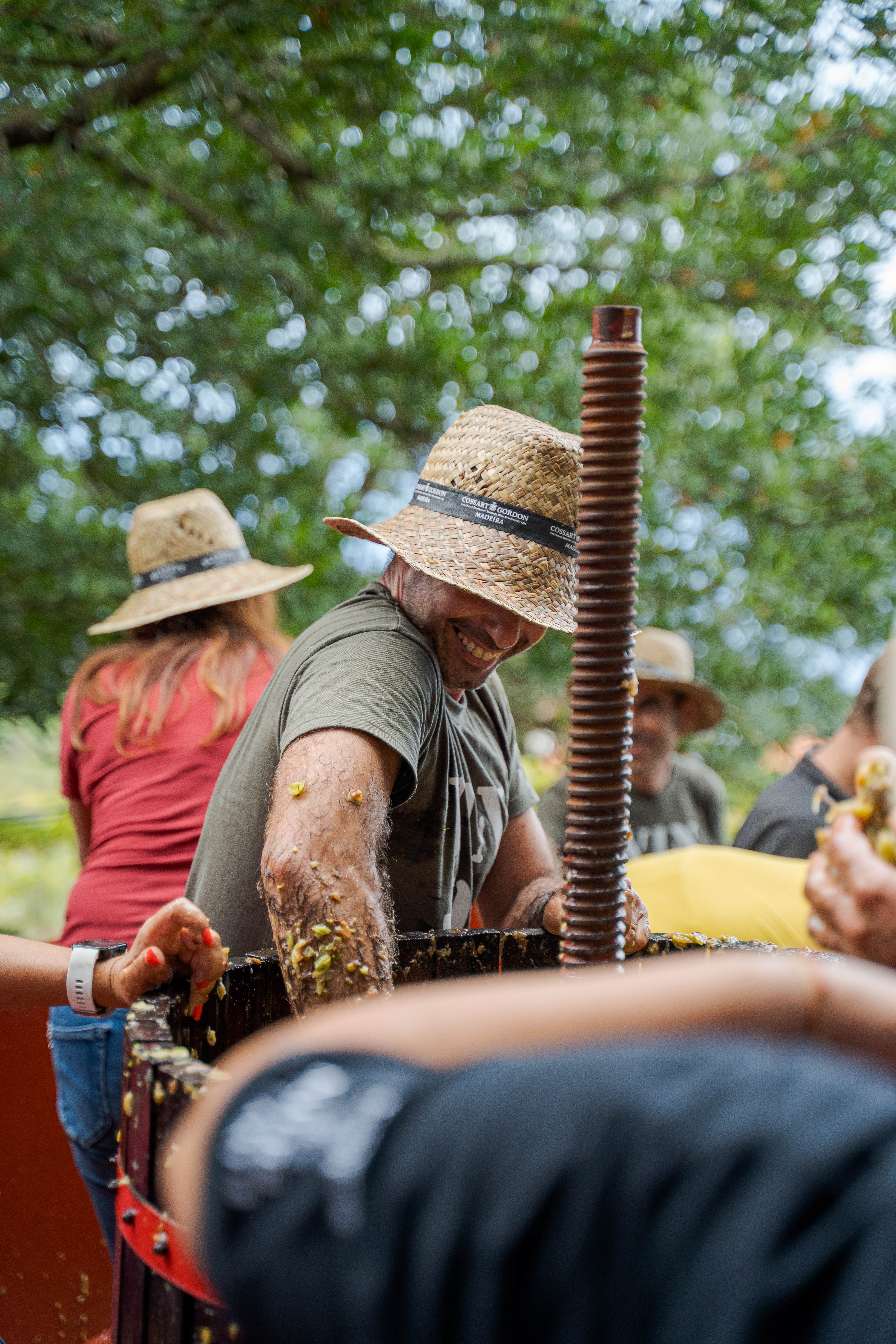Paying a fair price for grapes helps, but it alone cannot inspire new generations to dedicate themselves to viticulture.

Over the last few decades, several factors have contributed to the retreat of the vine cultivation to higher altitudes. Today, it has reached up to 800 meters in certain areas of Madeira. The heavily anthropized landscape depends directly on the continuity of viticulture, which must be passed down to future generations. And, ultimately, it is on it that the preservation of the Madeiran landscape as a whole depends.
The increasing abandonment of vine cultivation endangers soil sustainability, leading to erosion and the spread of invasive species, which are far more flammable than the endemic forest that once occupied these areas. The continuity of viticulture is particularly important in the higher areas, contributing to reducing the risks of fire propagation. Although the sector currently contributes little to the region's GPD, it remains a key factor in the destination's attractiveness.
Viticulture yields are crucial for sustaining the farmers' lifestyle, upon which many of Madeira's traditions depend. Viticulture depends, in turn, on the traditions of Madeira Wine to survive and on its good name abroad. It is precisely its strong intangible component and its long history of consumption in other parts of the world that makes this small-scale industry resilient, despite the unfavorable global changes. Interviews, carried out during the 2024 harvest, reveal that many producers feel a lack of visibility, leading to low social valuation of their work. The aging of the sector is becoming more evident and vineyard abandonment is increasingly visible.

The threats that weigh on Madeira Wine traditions today are not exactly new. In fact, for decades, exporting companies and the regional government have been trying to find solutions without, however, being able to stop the abandonment of vineyards or convince farmers to convert their plots. Madeira Wine houses have tried to enhance the value of Tinta Negra, using it to make wines of five years or more, with greater added value.
At the same time, they seek to acquire adjacent land, increasing the areas explored, which makes them more profitable. Ideally, the goal would be to compensate for the missing grapes of farmers who give up for their own production. However, the small-scale of the plots and the fact that many owners are emigrated have hindered this strategy, as it is impossible to carry out the large-scale transfer of ownership. Any attempt always involves a large number of participants, in most cases being absent, and it is often impossible to locate them. In turn, the Institute of Wine, Embroidery and Handicrafts of Madeira subsidizes the price paid to farmers for grapes, and there is also support to encourage them to cultivate white grape varieties, called "noble", instead of Tinta Negra. However, as Chris Blandy, MWC's majority partner, said in an interview in 2018:
"Agriculture does not live or be sustainable through donations of money. Subsidies are important, especially in a context of microculture, but there has to be more structural support in the long term, which the State is not doing, and if it is, there are no visible results. However, there is a need for a structuring project to save this region".
Perhaps we should go even further than this producer in his analysis. It will first be necessary to look for new ways to respond to the challenges facing this sector. Paying for grapes at a fairer price helps, but it alone does not create vocations that can lead new generations to dedicate themselves to viticulture. In fact, what is at stake is not only the economic return, but also the social value of their effort. We need to learn how to deal with the weight of the human factor in decision-making, which Excel sheets with profitability estimates cannot handle.
As viticulture is a sector in which it has been involved for a long time, the University of Madeira is committed to helping to find appropriate solutions, which will be decisive for the future of Madeira Wine Traditions.
Therefore, it is proposed to develop a multidisciplinary research project in collaboration with the other parties involved, taking into account not only the economic, but also social, cultural and environmental aspects at stake, making use of the very diverse skills and the high level of qualification of its human resources. Inclusion in the National Inventory of Intangible Cultural Heritage will be the first step in testing whether boosting the self-esteem of those who continue viticulture is a key factor in ensuring the sector's sustainability. The next step will be the elevation of Madeira Wine Traditions on the List of Intangible Cultural Heritage of Humanity.
